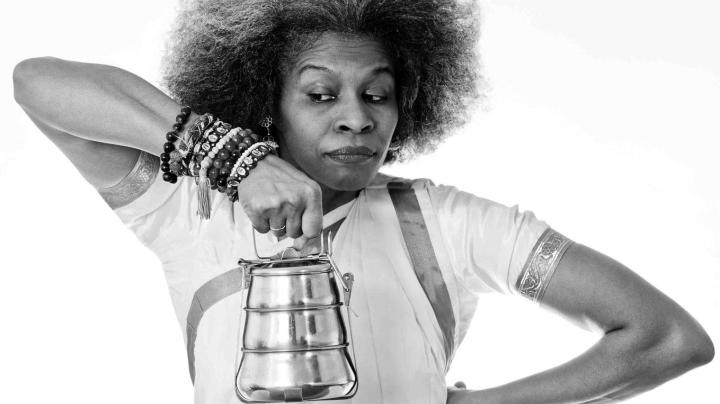1
The Mirabal Sisters
On November 25, 1960, the Mirabal sisters – three sisters involved in a clandestine political movement against brutal Dominican dictator Rafael Trujillo –were assassinated.
Rafael Trujillo’s decades of power were marked by kidnappings, torture, and assassinations. The sisters – Patria, Minerva and María Teresa – were fearless activists who defied the regime, secretly handing out pamphlets detailing Trujillo’s abuses, and mobilizing DR’s middle class against him. The sisters became known as Las Mariposas.
In May 1960, Minerva and María Teresa were sentenced to three years in prison for their dissident activities. Though mounting international pressure forced Trujillo to free them, the sisters were murdered three months after their release.
While Trujillo saw their deaths as a victory, their murders became his downfall. The public outcry that followed catalyzed change, and on May 30, 1961, Trujillo was murdered. Today, many credit the sisters with toppling the regime.
The Mirabals’ life has since been immortalized in Julia Alvarez’s In the Time of the Butterflies, which was later turned into a movie (starring Salma Hayek) in 2001.


